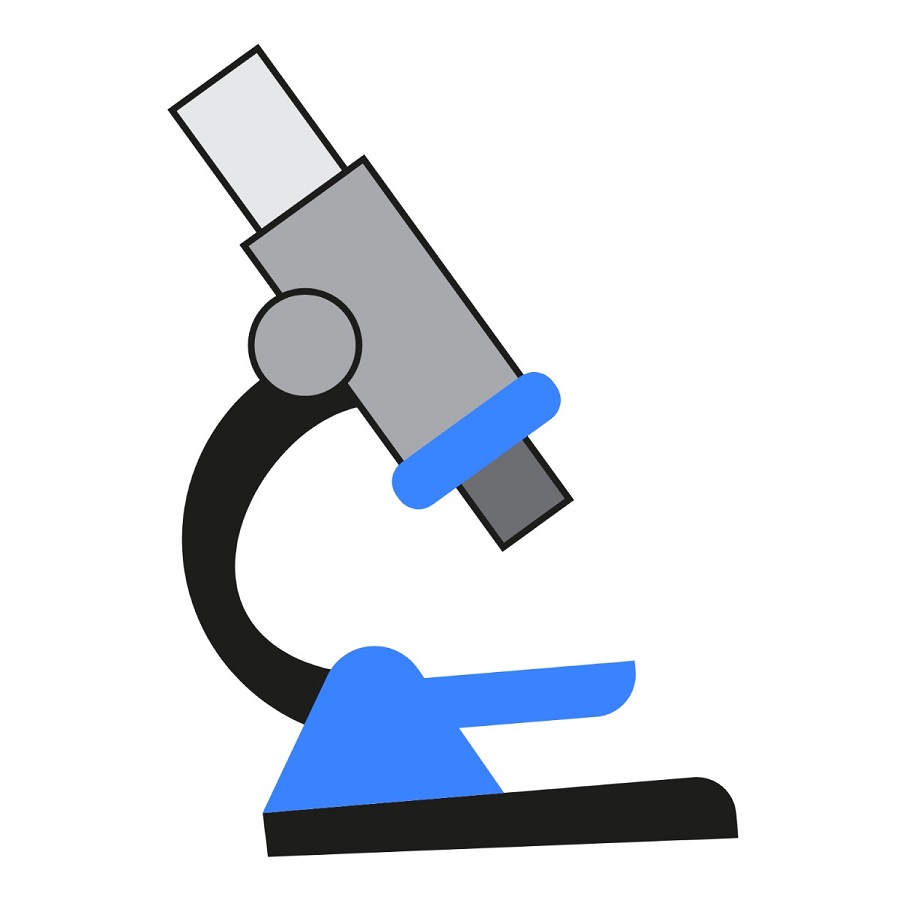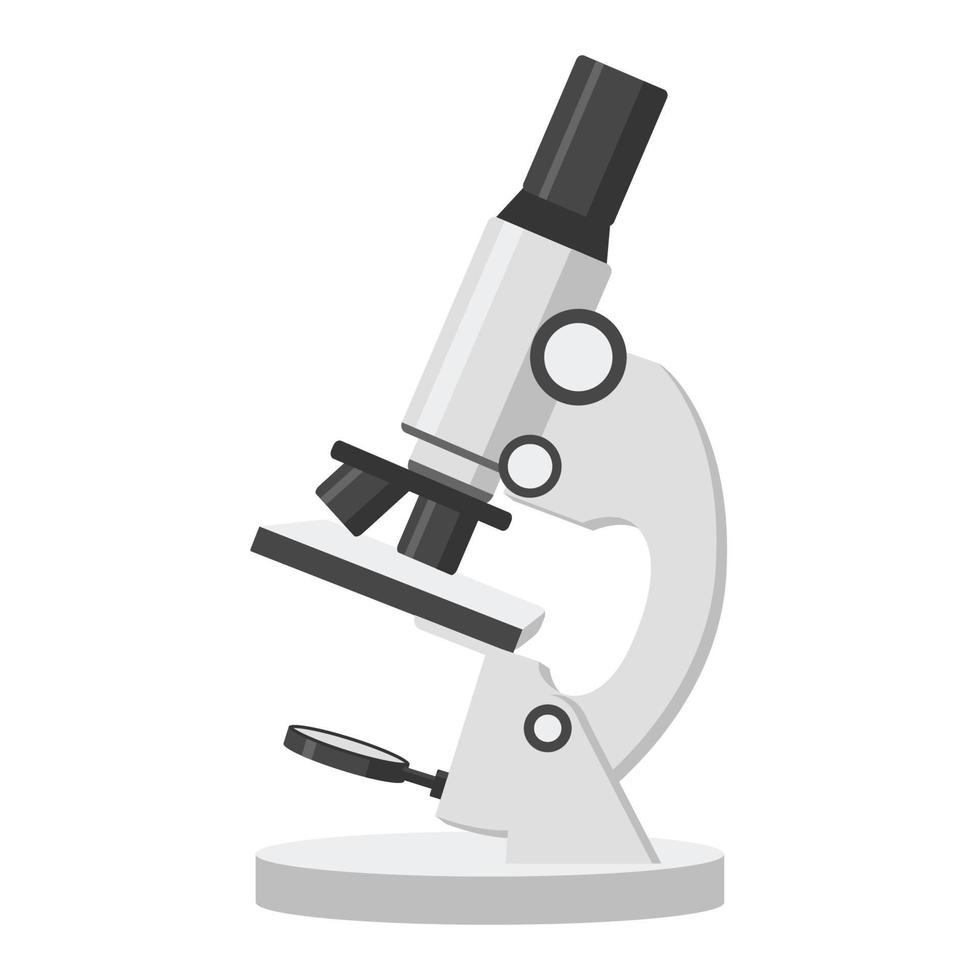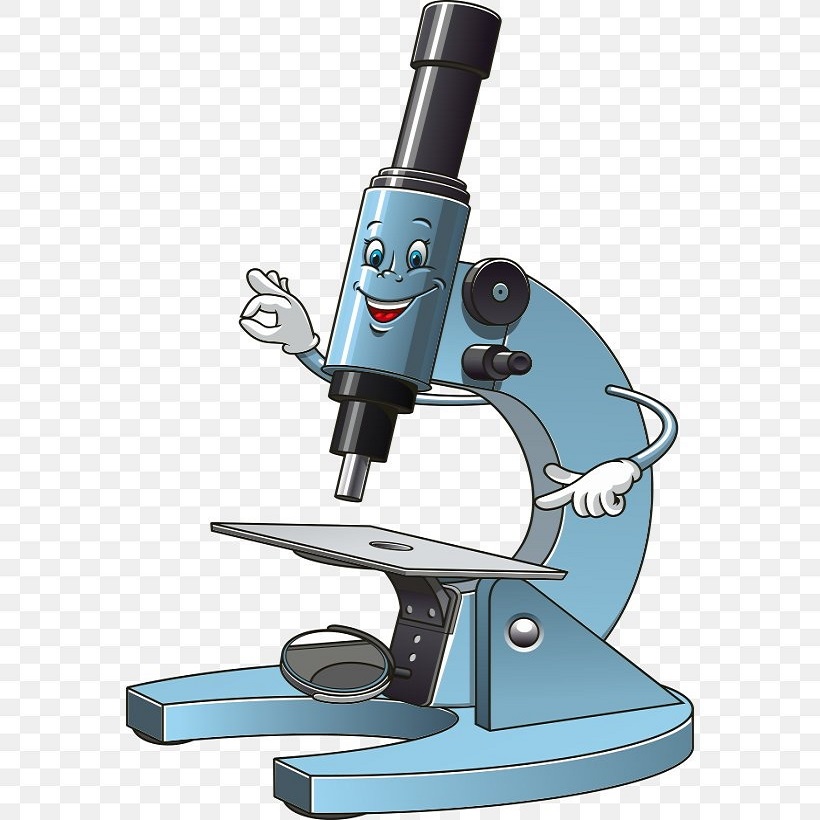The Importance of Microscope Imagery in Education
Microscope clipart serves a crucial role in science education. It helps make complex concepts more accessible. Visual aids are key in learning. They bridge the gap between theoretical knowledge and real-world applications. Teachers use microscopes clipart to explain cell structures, bacteria, and viruses. Students can visualize what’s otherwise invisible to the naked eye.
Microscope imagery brings life to textbooks and presentations. It makes abstract ideas tangible. For example, clipart illustrating mitosis helps students grasp the stages of cell division. Educational websites also benefit from microscope clipart. It enhances online courses, making them more engaging.
Teachers and educators must choose relevant and accurate microscopes clipart. The right imagery can spark curiosity and drive home important science lessons. Using microscopes clipart also supports various learning styles. Some students learn better visually, and these images can improve their understanding and retention.
Simple, clear microscope clipart is better for younger students. More detailed imagery suits advanced learners. The use of microscope clipart is not just for illustration. It can also inspire students to pursue science further. Many students are visual learners. Microscope imagery can foster a love for the microscopic world early on.
In summary, microscope clipart isn’t just decoration. It’s a powerful educational tool. It helps teachers explain complex concepts and motivates students. With the right microscopes clipart, any lesson can become a visually engaging science journey.

Types of Microscope Clipart and Their Uses
When choosing microscope clipart, understanding the types available is crucial. Each type serves a different purpose in education and presentation. This section will discuss the common types of microscope clipart and how they cater to various needs.
Electron Microscope Clipart
Electron microscope clipart represents images captured using electron microscopes. These microscopes offer high-resolution views of tiny structures. In clipart form, they help students and scientists see details at the molecular level. This type of clipart is best for advanced studies, like in bacteria or viruses research.
Light Microscope Clipart
Light microscopes clipart comes from the most widely used microscope type. This clipart is ideal for basic biology education. It shows larger structures, like cells and tissues, that students must understand in early science classes. The imagery is less complex, making it perfect for introductory lessons.
Stereo Microscope Clipart
Stereo microscope clipart is less common but equally important. It illustrates objects at a lower magnification and in three dimensions. Use this type of clipart to explain the structure of larger specimens, like insects or leaves. It’s great for giving students a realistic view of these subjects.
Each type of microscope clipart matches different educational levels and subjects. Picking the right kind enhances the lesson’s impact. Make sure the clipart suits the content and audience’s skill level. This ensures a more effective and memorable learning experience.
How to Choose the Right Microscope Clipart for Your Project
Choosing the right microscopes clipart is essential for the success of your education or presentation project. Here are the steps to help you select the most appropriate images:
- Determine the Educational Level: Match the clipart with the audience’s knowledge base. Simple images work for beginners, while more complex ones fit advanced learners.
- Consider the Subject Matter: Align your choice of clipart with the scientific topic. Pick imagery that accurately represents the content, whether it’s cell biology, microbiology, or botany.
- Assess the Quality: Look for clear, high-resolution images. Poor quality clipart can mislead and confuse your audience.
- Check for Accuracy: Ensure that the clipart accurately represents scientific concepts. Misrepresentation can harm the credibility of the lesson.
- Think about Engagement: Choose images that will capture your audience’s attention. Engaging clipart can make learning more interactive and fun.
- Look for Versatility: Opt for clipart that you can adapt to different formats, like slides, worksheets, or online platforms.
By keeping these criteria in mind, you can pick microscope clipart that enhances your educational material and resonates with your audience. Remember to use the microscope clipart keyword sparingly, maintaining a keyword density between 2% and 3% to optimize your blog for search engines while keeping content readable and informative.
Top Sources for High-Quality Microscope Clipart
When you’re looking for microscope clipart to enhance your science materials, quality is key. High-quality images can make your presentations or educational content stand out. Below are some top sources where you can find excellent microscope clipart for any project.
Free Microscope Clipart Resources
There are plenty of sources offering free microscopes clipart for educators and students. Here are a few notable ones:
- Public Domain Image Repositories: Websites like Pixabay and Unsplash offer free clipart and images, including microscope-related ones. These images are often public domain, meaning they can be used without any copyright restrictions.
- Educational Institutions: Universities and colleges sometimes provide free clipart collections for educational use. Check their websites for any available resources.
- Government Websites: Organizations such as the Centers for Disease Control and Prevention (CDC) and the National Institutes of Health (NIH) publish microscope images that can be used as clipart.
- Wikimedia Commons: This is a database of freely usable media files. Users contribute images, including those related to microscopes, which can be used under free licenses.
- Open-Source Platforms: Look for community-driven platforms that offer free microscope clipart for educational purposes. They often have collections curated by educators themselves.
Remember to always verify the license and usage rights before using the free resources to ensure that they fit your needs and comply with any applicable guidelines.

Premium Microscope Clipart Collections
If you need more specific or high-end imagery, consider investing in premium microscope clipart collections. Here’s where you can find them:
- Stock Photo Websites: Sites like Shutterstock and iStock offer extensive collections of microscope clipart. These images come at a cost but are professional-grade and come with clear licensing terms.
- Specialized Science Graphic Providers: There are companies that specialize in scientific imagery, including detailed microscope clipart tailored for professional publications and presentations.
- Microscope Manufacturers: Some manufacturers of microscopes provide high-quality images and clipart of their equipment and samples seen through their microscopes.
- Graphic Designers: Hiring a graphic designer to create custom microscopes clipart can provide unique visuals exactly tailored to your project’s needs.
- Educational Software Providers: Companies that produce educational software often have clipart libraries that include microscope images for use in their programs, which can sometimes be separately purchased.
Premium clipart resources typically offer higher quality and resolution, and the ability to use the images in a broader range of applications. Ensure that the premium clipart you select provides the right visual impact for your audience and the message you wish to convey.
Incorporating Microscope Clipart in Science Presentations
Incorporating microscope clipart in science presentations can transform them. Here’s how to do it effectively:
- Start With a Plan: Know what you want to convey. Fit the clipart into your presentation coherently.
- Use Visually Appealing Images: Pick clipart that is both educational and visually stimulating. This will keep the audience engaged.
- Position Them Strategically: Place clipart next to related text. It helps audience members make connections.
- Balance Text and Images: Avoid overcrowding slides with text or images. Aim for a clean and balanced look.
- Use High-Quality Images: Blurry or low-quality images can distract and confuse. Ensure the clipart is clear and of high resolution.
- Label Properly: Add labels to your clipart when needed. This clarifies what the audience is looking at.
- Check for Consistency: Use a consistent style of clipart throughout the presentation. This creates a professional and cohesive feel.
- Animate with Purpose: If using animations, do so sparingly. Ensure that they add value and don’t distract.
- Test Your Slides: Review your presentation. Make sure the clipart integrates well and the message is clear.
By thoughtfully incorporating microscope clipart, your presentation will stand out. Audiences appreciate visual aids that support and enhance the spoken content. Remember, the goal is not just to decorate slides but to aid in communicating complex scientific concepts effectively. With the right clipart, your presentation will not only inform but also inspire your audience.
Tips for Editing and Customizing Microscope Clipart
Editing and customizing microscope clipart can enhance the visual appeal and relevance of your educational materials. Here are some practical tips:
- Adjust Colors and Contrast: Make sure your clipart is visually striking. Enhance colors and adjust contrast to make details stand out.
- Resize Carefully: Maintain the integrity of the image. Avoid distorting the clipart when resizing. Use the correct aspect ratio.
- Add Labels and Annotations: Clearly label parts of the microscope or the specimens. This aids learning and retention.
- Crop for Focus: Trim away unneeded parts of the image. Focus on the key elements.
- Combine Images: Merge clipart items to illustrate complex concepts. Layered images can show processes like cell division.
- Customize for Audience: Adapt the clipart for your audience’s age and skill level. Simplify images for beginners or add detail for advanced students.
- Match Style: Keep a consistent style throughout your materials. This creates a cohesive and professional appearance.
- Use the Right Tools: Use editing software that offers the features you need. Software like Adobe Photoshop or GIMP works well.
- Be Creative: Don’t be afraid to experiment. Unique customizations can make your materials memorable.
Through thoughtful editing and customization of microscopes clipart, you can create engaging and educational resources that cater to your specific audience.

Legal Considerations When Using Microscope Clipart
When using microscope clipart, legal aspects must not be overlooked. Here’s what you need to keep in mind:
- Understand Copyright Laws: Microscopes clipart comes with copyrights. Those rights protect the creator’s work. Always check if clipart is free to use or if you need permission.
- Acknowledge Licenses and Restrictions: Clipart may have licenses that outline how you can use it. Some allow educational use only, while others permit commercial use too. Read these terms carefully.
- Cite Your Sources: Give credit where it’s due. If the clipart requires attribution, make sure to include it. This respects the creator’s rights and avoids legal issues.
- Use Trusted Resources: Download microscopes clipart from reputable sources. This helps ensure the clipart is legally safe to use. Avoid unknown websites that may offer copyrighted materials without proper licensing.
- Purchase Licenses When Necessary: If you need clipart for broader use, buying a license might be required. This will allow you to use the imagery without infringing on copyright laws.
- Be Careful with Modifications: When customizing clipart, remember that changes might still be under the original copyright. Confirm that modifications are allowed under the terms of use.
- Stay Informed About Changes: Copyright laws and licenses can change. Keep up to date to ensure continual lawful use of the clipart.
By considering these legal elements, you can safely incorporate microscope clipart into your projects. Staying aligned with legal requirements is key to using clipart without facing penalties or harming your reputation.
